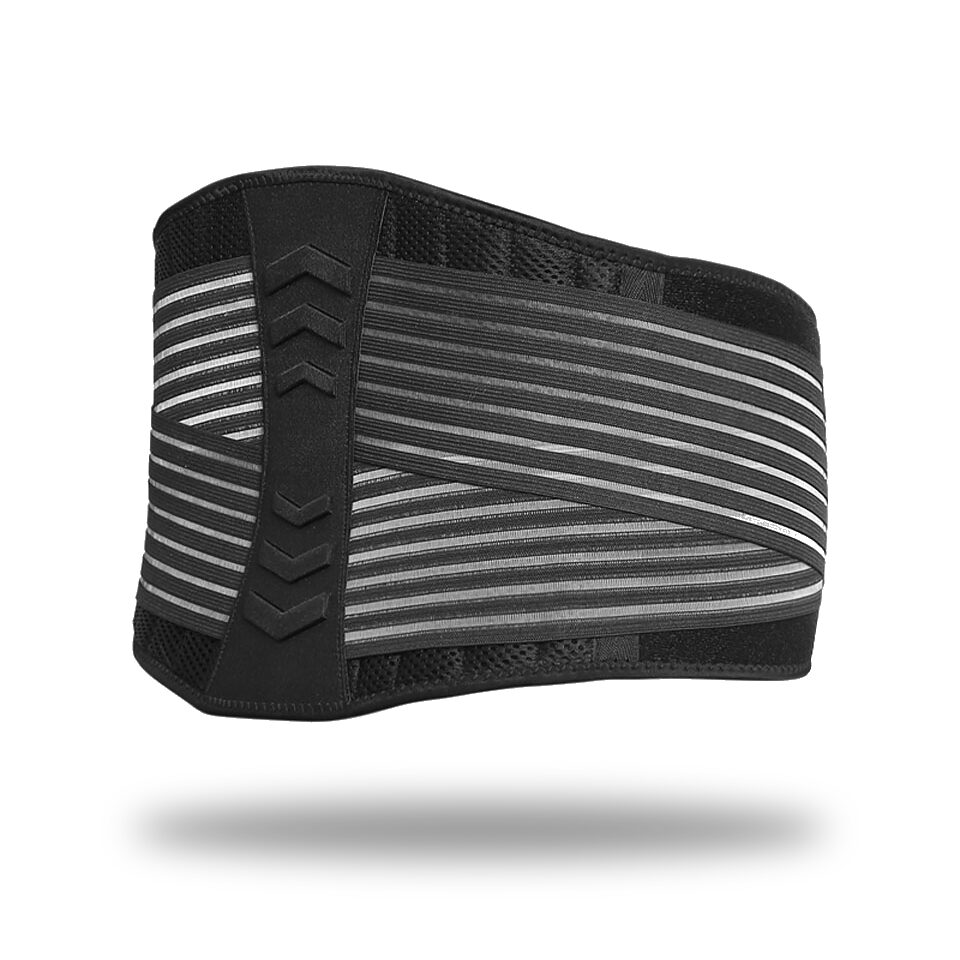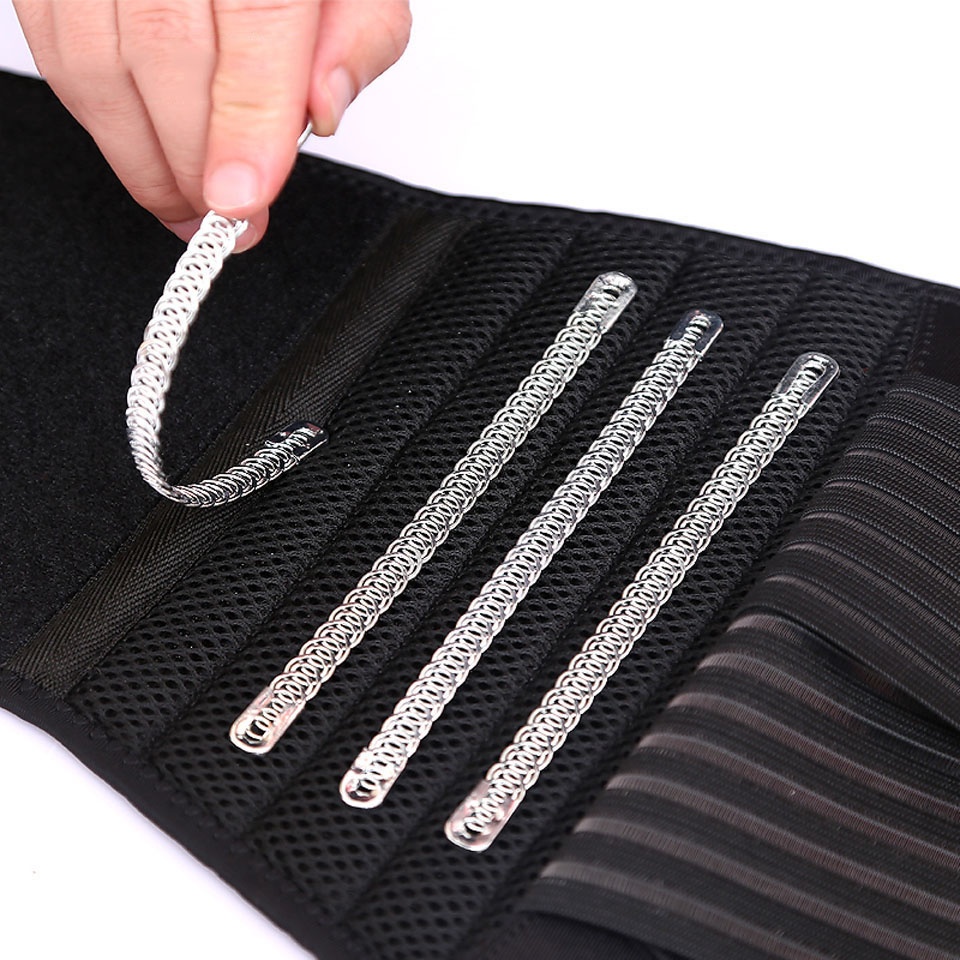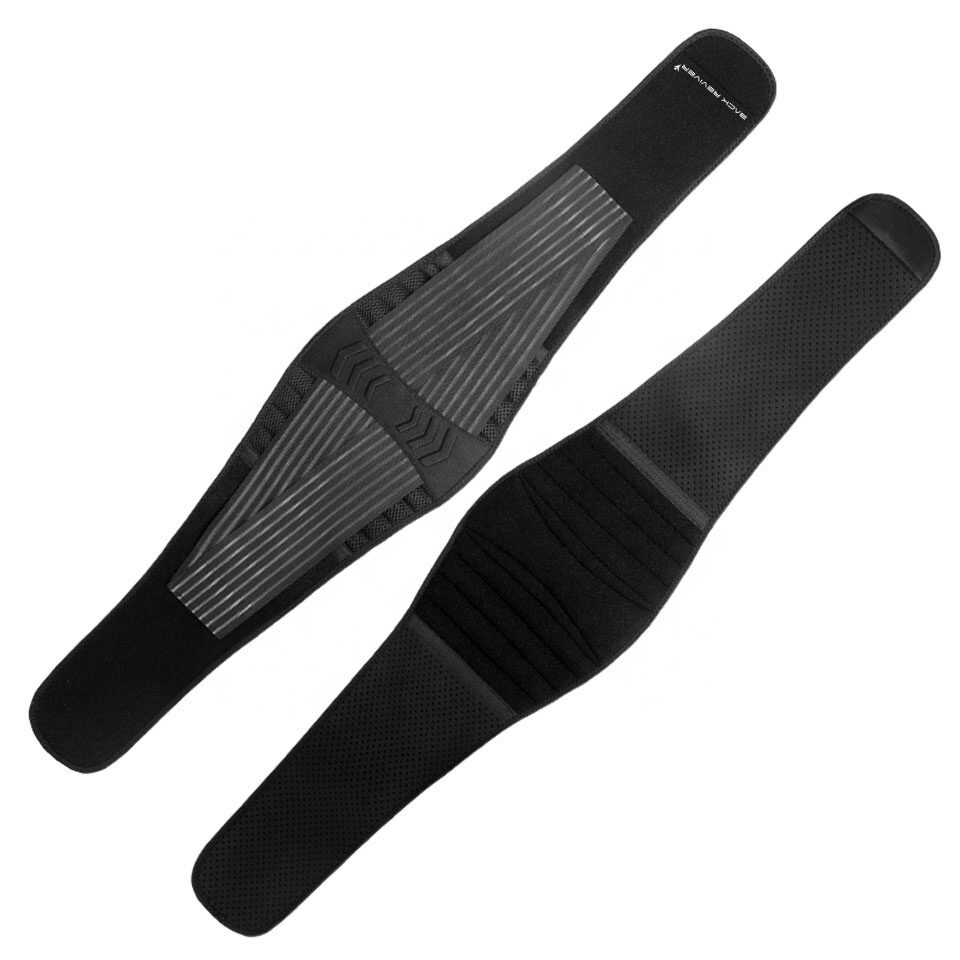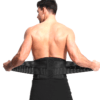No products in the cart.
Lower Back Lumbar Support Brace for Men and Women
- Brand: BackReviver
£16.99inc VAT
- 1x Lower Back Lumbar support brace designed to improve your posture and ease lower back pain
- For both Men & Women
- Available in a sizes Medium, Large & Extra Large
- Sizes are as following:
Medium – 2.1-2.4 feet or 25.2 Inches – 28.8 Inches
Large – 2.4-2.7 feet or 28.8 Inches – 32.4 Inches
Extra Large 2.7-3 feet or 32.4 Inches – 36 Inches - Features fully adjustable straps that wrap around your body keeping the back brace securely in place and allowing you to change the level of support and compression to suit your needs quickly and easily
- Can be worn for PRICE injury recovery protocol to protect and compress your lower back and improve your injury recovery
- Recommended to help ease and treat a range of back conditions and injuries including Slipped discs, Herniated discs, Degenerative disc disease, Facet syndrome, Lumbar spinal stenosis, Sciatica, Scoliosis, spondylolisthesis, Muscle or ligament strain as well as Arthritis and Osteoarthritis
- Provides targeted compression that boosts circulation around your lower back helping to improve and speed up injury recovery by providing fresh oxygenated blood to damaged tissue quickening the healing process and reducing inflammation, swelling and pain
- Realigns, supports and holds your lower back and hips in the correct position to improve your overall posture, reduce strain and pressure off your spine and helps you to avoid future damage and injury to your back
- Made from premium quality materials and ergonomically designed to be lightweight, and non bulky making it ideal for wearing whilst playing sports, exercising, running or for wearing around the house
- The specially designed inner fabric material has moisture wicking properties that will draw moisture away from your body and quickly absorb it helping to keep you dry and feeling fresher for longer whilst wearing the brace
- Can be worn discreetly underneath regular clothes without any excessive bulk
- Includes a full 30 day money back guarantee!
Please note there is no guarantee of specific results and that the results can vary for this product.
EAN: 5061006075558
SKU:
80993BR
Categories: Deals, Lumbar Supports, Sale
Tags: Best Choice, Best Pick, Featured, Health, Promotion
Be the first to review “Lower Back Lumbar Support Brace for Men and Women” Cancel reply
Fast & Secure Checkout Through Paypal
Pay with Paypal the secure payment gateway that accepts all credit and debit cards. Paypal is free and secure and no credit or bank information is ever stored or shared with us.
Fast Dispatch
Enjoy your items soon with quick dispatch via Royal Mail First Class. Expect to have your items between 1-3 days for domestic orders. 7-10 Working days for international orders.
Return Policy – 30 Day Money Back Guarantee
We are so confident that you will just love our product that we offer a full 30 day money back guarantee. In the unlikely event, you are unhappy with your purchase you can simply return it within 30 days for a refund. Please contact us via the form on the contact us page to start your return.
To return an item please send it to: Nuova Health UK, 81 Highfield Lane, Waverley, Rotherham, S60 8AL. Please include a note with your order id so we know who to refund. Please retain your postage receipt as proof of postage. All that we ask is that the item is in the original packaging and unused.





Reviews
There are no reviews yet.